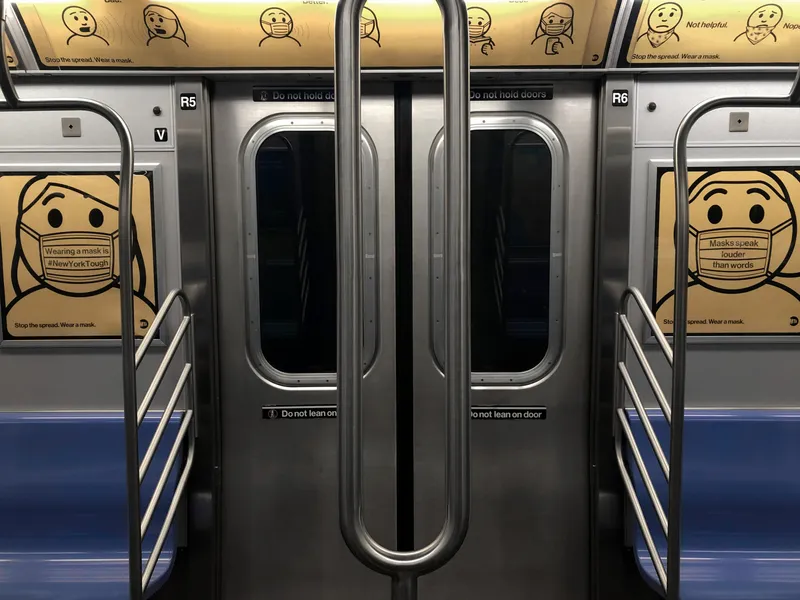In response to fatal school bus accidents at intersections in New Jersey and Florida last year, the US National Transportation Safety Board (NTSB) has recommended that the government should set performance standards for new safety technology that allows cars and trucks to talk to each other and then require the technology be installed in all new vehicles. Vehicles equipped with the technology can continuously communicate over wireless networks, exchanging information on location, direction and speed ten tim
July 24, 2013
Read time: 2 mins
In response to fatal school bus accidents at intersections in New Jersey and Florida last year, the US 5628 National Transportation Safety Board (NTSB) has recommended that the government should set performance standards for new safety technology that allows cars and trucks to talk to each other and then require the technology be installed in all new vehicles.
Vehicles equipped with the technology can continuously communicate over wireless networks, exchanging information on location, direction and speed ten times a second. The vehicle's computer analyses the information and issues danger warnings to drivers, often before they can see the other vehicle.
The834 National Highway Traffic Safety Administration (NHTSA) has been road-testing the technology, which is effective up to a range of about 1,000 feet, in Ann Arbor, Michigan, for the past year. NHTSA officials have said they hope to make a decision on whether to proceed to setting standards or whether to continue their research by the end of this year.
"This technology more than anything else holds great promise to protect lives and prevent injuries," NTSB Chairman Deborah Hersman said. That was particularly true of crashes at intersections like the two school bus accidents, she added.
Vehicles equipped with the technology can continuously communicate over wireless networks, exchanging information on location, direction and speed ten times a second. The vehicle's computer analyses the information and issues danger warnings to drivers, often before they can see the other vehicle.
The
"This technology more than anything else holds great promise to protect lives and prevent injuries," NTSB Chairman Deborah Hersman said. That was particularly true of crashes at intersections like the two school bus accidents, she added.










